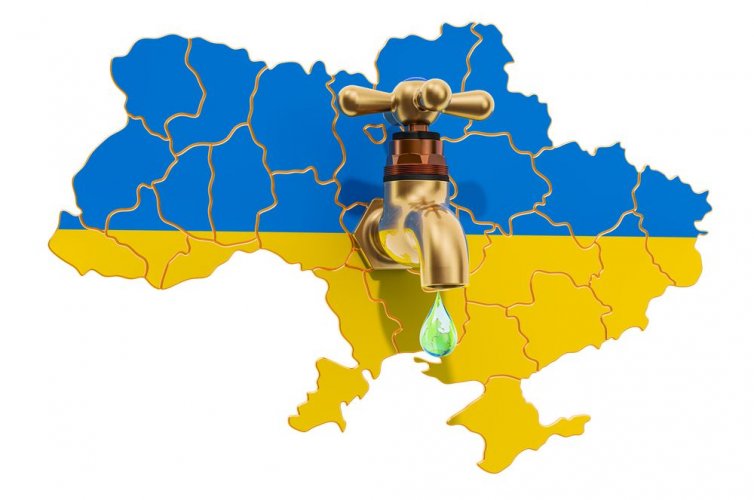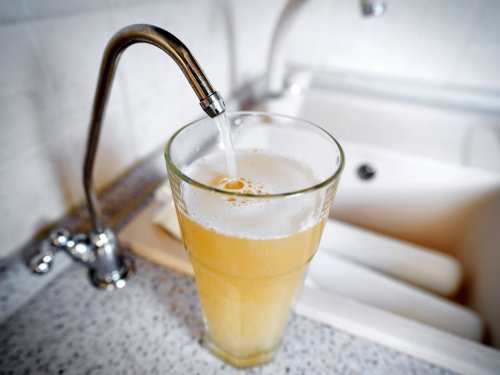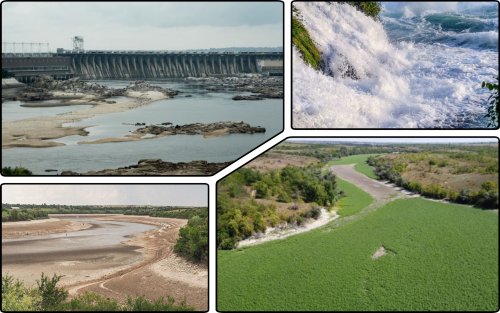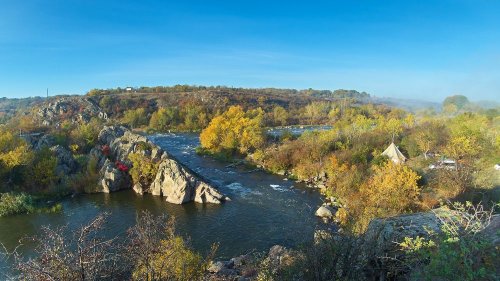The Minister of Environmental Protection and Natural Resources, Ruslan Strilets, said that the damage by the occupiers to the dam of the Kakhovskaya HPP threatens the operation of the cooling systems of the Zaporizhzhya NPP and affects global food security.
Due to the actions of the Russians, 70% of the population of Ukraine risks losing access to drinking water, Strelets told the UN conference "Water for Sustainable Development" in New York.
He said that in October 2022, Russian troops destroyed and opened part of the locks of the Kakhovskaya HPP dam. As a result, Ukraine loses thousands of cubic meters of fresh water every day, which can have catastrophic consequences. 5 million Ukrainians do not have access to drinking water.
Water from the Kakhovsky Reservoir is used to irrigate fields.
In an interview for the Voice of America, Strilets explained that the food security of a number of countries in the world depends on Ukraine.
"Today, we are primarily focused on monitoring the water level in the Kakhovsky Reservoir. Because it is a source of drinking water supply. Many waterworks take water from there and transport water to people. The level of the Kakhov reservoir depends on whether all the water intake facilities are working properly," said Strilets.
He said that the water level in the reservoir is currently being monitored. Today, it has stabilized and reaches 14.35 meters, that is, more than the critical level of 14 meters. Although the normal water level for the reservoir is 16 meters.
Strilets emphasized that the water level was raised thanks to operational measures upstream. However, without repairing the damaged parts of the locks, a lot of water will be lost due to evaporation in the summer, the amount of which is difficult to predict.
"We need to do everything for the de-occupation of this hydraulic structure at all levels, starting with the diplomatic and ending with the military. It is strategic not from a military point of view, but from the point of view of providing water," he emphasized.
The minister emphasized that by their actions, the occupiers actually left Crimea without water supply, because when the water level in the Kakhovsky Reservoir drops below 14 meters, water access to Crimea is blocked, because it flows by itself.
Earlier, EcoPolitic wrote, that the Prime Minister of Ukraine Denys Shmyhal called on international partners to put pressure on Russia to close the floodgates and restore hydrotechnical structures at the Kakhovskaya HPP.
As EcoPolitic previously reported, in the Zaporizhzhia region, in the floodplain of Serdyuk Island of the Dnieper ridge, due to a decrease in the water level in the water area of the Kakhov reservoir, a mass suffocation of fish occurred.





